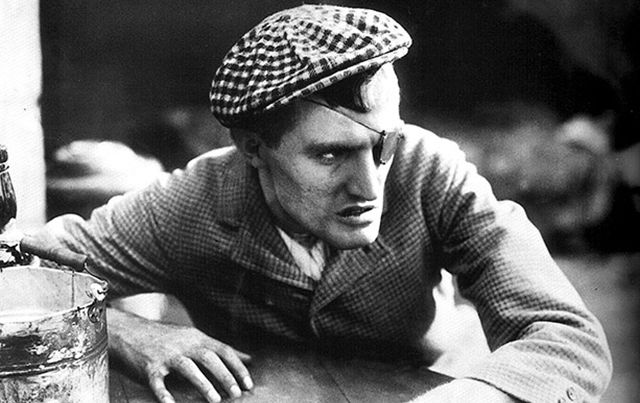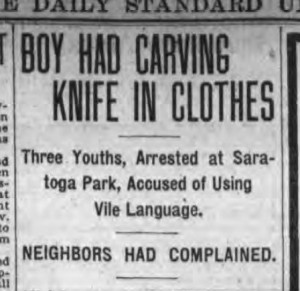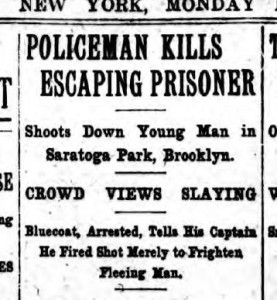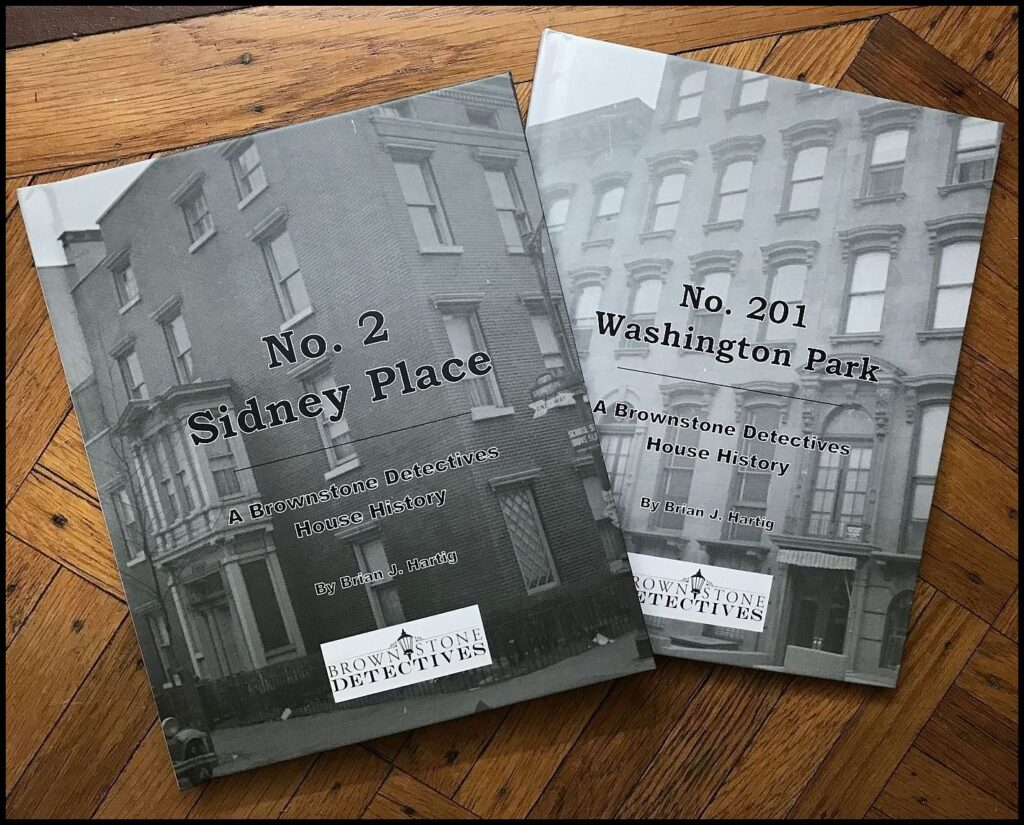THE KING OF SKATS IN SARATOGA PARK (1904)

Brownstone Detectives investigates the history of our clients’ homes.
The story you are about to read was composed from research conducted in the course of one of those investigations.
Do you know the history of YOUR house?
********************************************************************************************************************************
Starting around 1904-1905, Saratoga Park began to develop a sinister reputation, as young men began using it for the purposes of selling illegal narcotics, assaulting park-goers, and simply loafing about and insulting anyone who walked into the park.

This was a new phenomenon to the people of the district who did not understand how or why the neighborhood children had begun to disrespect their elders in such a way.
One article of the time blamed the parents as much as the boys. They interpreted the occurences as the acts of disaffected sons of respectable families who had little to do with their time, were not forced to take responsibility for their actions, and could not be held chargeable by the police because their parents, who were influential, did not want their sons’ names in the papers:
“These young men were night hawks. Sons of respectable, but indulgent, parents, they did about as they liked. They worked always in small groups and gloried in the thought that they could lick any cop which came their way. The groups would assemble on some street corner near the park and use insulting language to girls and women passing.”
An indication of what was to come played out in the newspapers between 1905 and 1909, when three young men were arrested for using vile language within the park’s confines.
One of them, Jacob Jaffee, 16, who was found carrying a knife, was brought before the magistrate to answer for the repeated use of vile language after being warned by the policeman on duty at the park.

Later in 1907, another more violent incident took place as Jacob’s older brother, Isaac, a cigar maker, was accused of loafing in the park and insulting women as they walked by.
Jaffee, in the process of being arrested by the policeman on duty in the park at the time, attempted to flee. As he did so, the arresting policeman, who stated that he intended only to fire a warning shot, shot Jaffee as he fled. (Apparently, according to the papers, the policeman died of grief a few years later.)
Then, in 1909, the younger Jaffee was again in the papers, under suspicion of burglarizing a woman’s home.
The problems continued – primarily at night – as, by 1909, insulting and assaulting turned into the proliferation of cocaine and heroine sales, use, and addiction.
“Saratoga Park (since 1906) has been a favorite loafing place for idlers each summer,” noted a local newspaper. “It is a generally accepted fact that among the loafers in Saratoga Park the drug evil first began in Brooklyn (in 1905).”

By 1911, a young man, known as the “King of Skats,” was arrested by detectives with 15 bottles of cocaine in his possession. Although he gave his name as Louis Marsh, it was revealed that he was actually Louis Marshall, the son of “very respectable parents living on Putnam Avenue.”
The article noted that the self-named gang “The Skats” had, for two years or more, made their headquarters in Saratoga Park. Brooklyn police noted that cocaine had become so popular in the borough that it had been arriving from Manhattan “in large quantities.”
According to the article, the “Skats” had gone too far for the locals, though, when they began teaching young girls “how to use the powder.” That’s when detectives moved in and arrested the ring leader, Marshall.
By 1912, a Brooklyn county judge was proposing, “in his efforts to stamp out the cocaine evil in Brooklyn,” an increase in the penalty for persons caught selling cocaine. He recommended changing the sentence from one year and $1000, to seven years of imprisonment for the crime.
By 1915, though, the “cocaine evil” in Brooklyn was still flourishing, and reports of “loafers” and “loungers” at Saratoga Square, and the drugs they were peddling, appeared often in the papers.
By the time the U.S. started preparing for war with Germany, and young men were being drafted, these newspaper reports of Saratoga Park as a focal point for rowdyism and crime began to trail off.
They would be replaced a few years later, though, with reports of these young men dying in the Great War.
———————————————————————————————————————–
 Brownstone Detectives is an historic property research agency. Our mission is to document and save the histories of our clients’ homes. From our research, we produce our celebrated House History Books and House History Reports. Contact us today to begin discovering the history of your home.
Brownstone Detectives is an historic property research agency. Our mission is to document and save the histories of our clients’ homes. From our research, we produce our celebrated House History Books and House History Reports. Contact us today to begin discovering the history of your home.